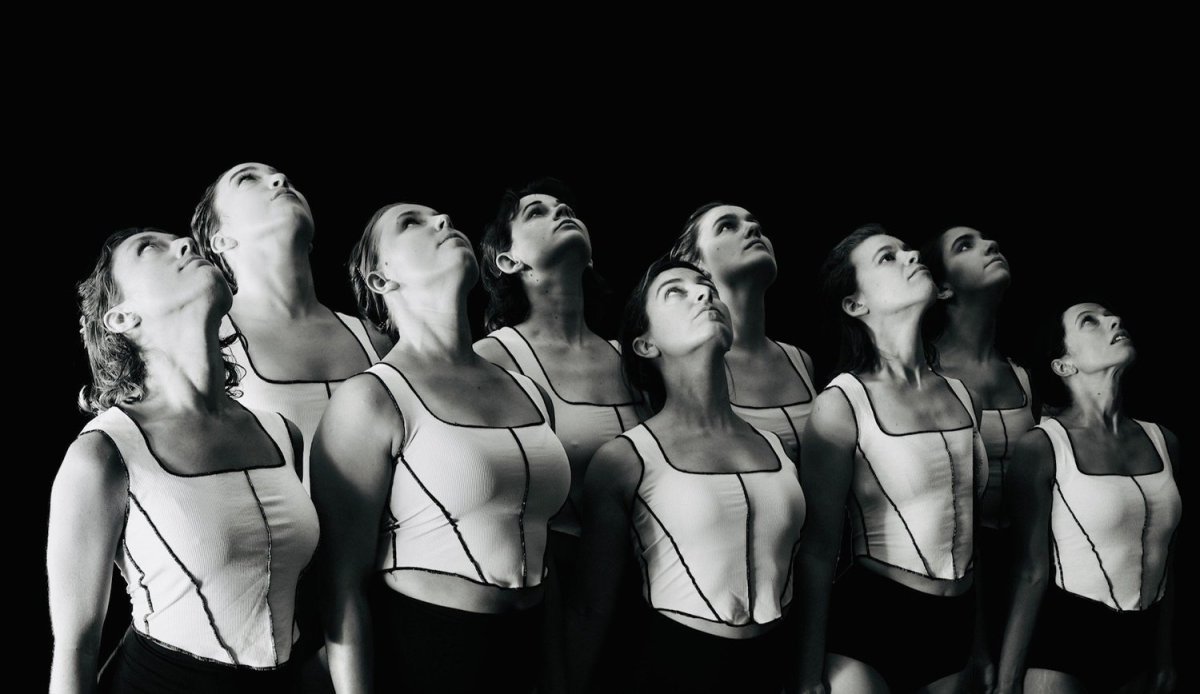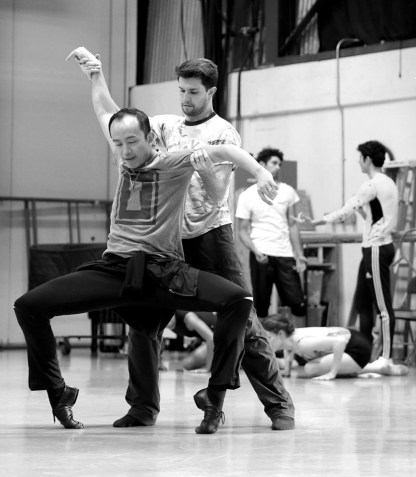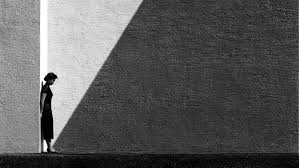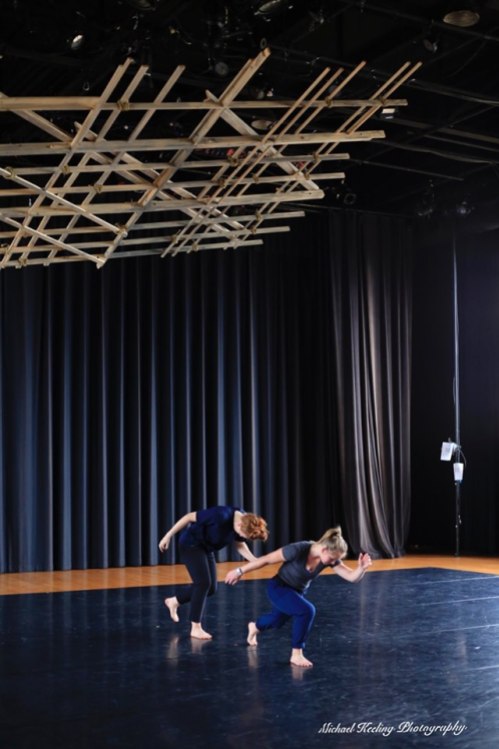LONELY PLANET
Sorry, We’re Closed
5th Wall Theatre in Collaboration with the Firehouse Theatre
A Theater Review by Julinda D. Lewis
At: The Firehouse, 1609 West Broad St., Richmond, RVA 23220
Performances: November 10-26, 2023
Ticket Prices: $1 – $35
Info: (804) 355-2001 or firehousetheatre.org or https://www.5thwalltheatre.org/
NOTE: It’s just about impossible to talk about this play without giving away some of the best parts. If you haven’t seen it yet and wasn’t to be surprised, you might want to wait until after you’ve seen it to read this. But yes – do see it – and then comment if you like. I’d love to hear what you think. -JDL
Steven Dietz’ two-person play, Lonely Planet (1993) borrows freely from (as in pays homage to) Eugène Ionesco’s absurdist play, The Chairs (1952), but while there are elements of the absurd and quite a bit of humor in Dietz’ play, it is at heart neither absurd nor a comedy – it is a play about manifested grief.
Set in an unnamed American city during the 1980s, Lonely Planet tells the story of two friends, Jody and Carl, who are each in his own way handicapped by the AIDS epidemic that is raging outside the doors of Jody’s quiet little map store.
Jody copes by withdrawing into the safety of his store, where the distortions of the Mercator map become a metaphor for the distortions of the world around him. At one point Carl quotes some frighteningly high number of deaths among people they know. Where Jody withdraws, Carl feels compelled to do something.
One day a single chair appears in Jody’s shop. Then another and another, until his safe haven is cluttered with chairs – each representing a dead friend. Carl’s place is too small to hold these monuments. He describes his apartment as so small that he has only one chair – a silver kitchen chair with a turquoise seat. In the final scene, Jody – who has finally found the strength to venture back outside – arrives at his shop to find Carl’s chair in the center of the space.
An impossibly balanced jumble of chairs greets the audience on entering the space, and Daniel Allen’s set filled with racks of rolled maps and map tables and all things cartographic is stunning and immersive. Todd LaBelle’s sound design likewise lulls us willingly and unsuspectingly into Jody and Carl’s world – before we realize that this world’s foundation is grief, loss, and tragedy.
Eddie Webster brings a gentleness and vulnerability to Jody that is both endearing and authentic. Adam Turck infuses Carl with an intensity that at times leaves us breathless. The two characters appear to be polar opposites, and yet they are long-time friends. More than that, they each understand things about the other that they cannot share with anyone else. Add to that Carl’s propensity to lie about his true profession and Turck’s character takes on mythic proportions.
Carl’s manufactured occupations are just as metaphorical as the chairs. He says he restores paintings, but appears to know nothing about art. His art restoration represents a way to commemorate the memories of his friends. He says he works for an auto glass repair shop, but what he is really trying to repair are the shattered pieces of broken lives. He says he writes for a tabloid newspaper, but what he really wants to do is preserve the stories of his friend’s lives.
Just as the Mercator projection was designed to help improve navigation, at the expense of distorted shapes and sizes of all but the local or most immediate locations, these two friends have found ways to navigate through the deadly waters of the AIDS epidemic by distorting the world around them. It’s amazing that Turck and Webster, director Nathaniel Shaw, and the author have been able to pull this off and still maintain a sense of humor and humanity.
Along the way to its crashing conclusion the play is grounded by the mundane details of daily life: the yellow pages, a standard black desk phone, self-adhesive stamps, a cell phone (?) In the final scene, Jody – who has finally found the strength to venture back outside – arrives at his shop to find a silver legged kitchen chair with a turquoise seat in the center of the space.
Lonely Planet is a play that will linger long after the two actors take their final bows.
———-
Julinda D. Lewis is a dancer, teacher, and writer who was born in Brooklyn, NY and now lives in Eastern Henrico County.
———-
LONELY PLANET
By Steven Dietz
Directed by Nathaniel Shaw
November 10 – 26, 2023
CAST
Carl ………. Adam Turck
Jody ………. Eddie Webster
u/s ………. Alex Harris and William Vaughn
PRODUCTION TEAM
Director ………. Nathaniel Shaw
Scenic Design ………. Daniel Allen
Costume Design ………. Colin Lowrey, II
Lighting & Sund Design …. Todd LaBelle, Jr
Dramaturgy ………. Kendall Walker
Stage Management ………. Emily Vial
Production Consultant ….. Michael Hawke
Performance Schedule:
● Opening Night – November 10, 2023 at 7:30 PM
● Running Thursday – Friday – Saturday at 7:30 PM through November 25, 2023
● Running Sundays at 2:00 PM through November 26, 2023
● Pay-What-You-Will shows on November 12 at 2:00 PM and November 16 at 7:30 PM
● Post-Show Talkback on November 19 after the 2:00 PM performance
Tickets:
$1 – $35
Run time:
About 2 hours, with one intermission
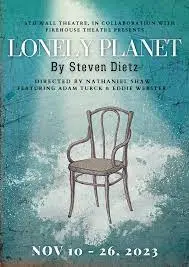


Make a donation to RVArt review
Make a monthly donation
Make a yearly donation
Choose an amount
Or enter a custom amount
Your contribution is appreciated.
Your contribution is appreciated.
Your contribution is appreciated.
DonateDonate monthlyDonate yearly





